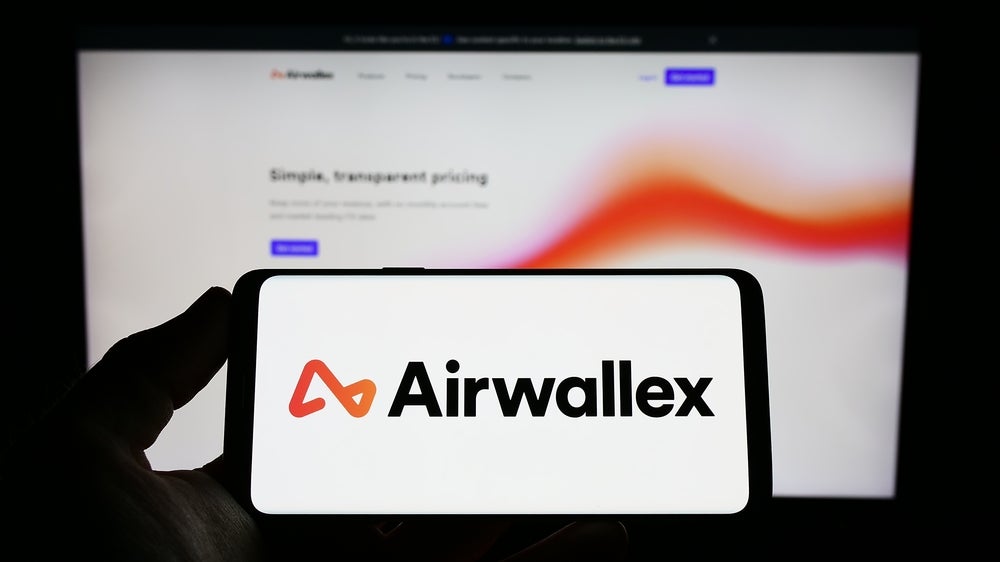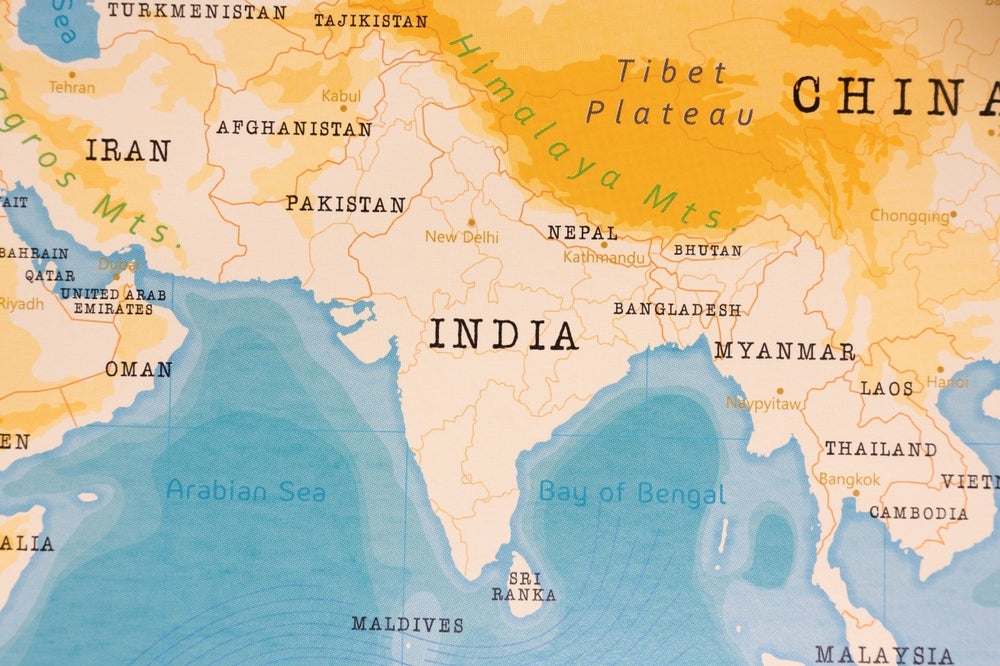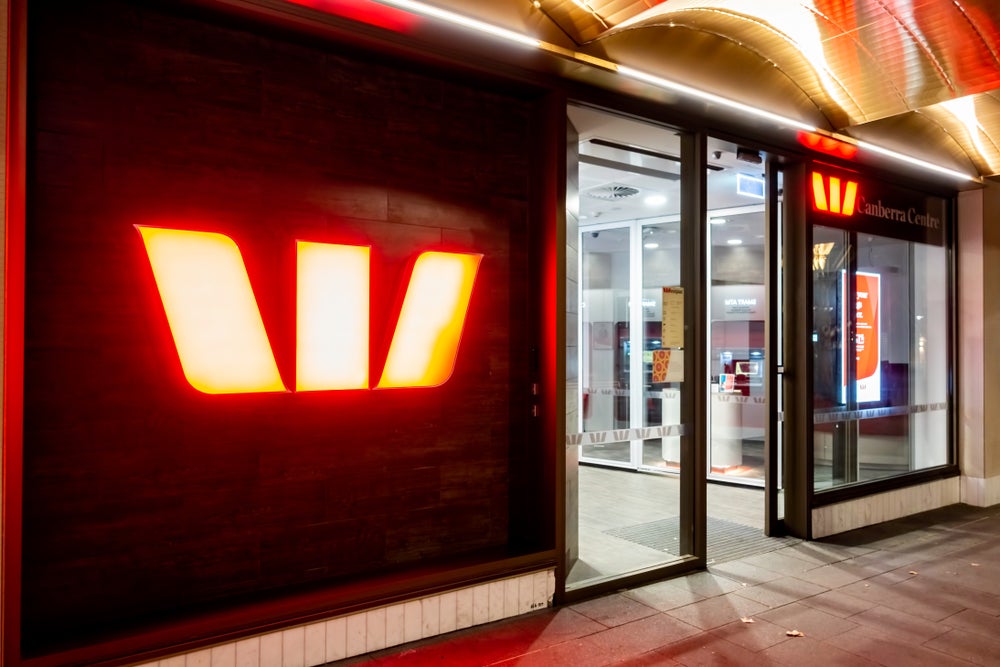Like other Mexican banks, Banamex had to batten down the
hatches on its credit card operation during the 2008-2009 financial
crisis. But Banamex, Mexico’s second-largest credit card issuer,
has now started cautiously ramping up its card marketing again.
Robin Arnfield reports.
 In the years
In the years
immediately prior to the crisis, all the Mexican banks saw
aggressive growth in credit card issuing and lending, particularly
in the near-prime sector.
“Issuing credit cards was a way for
banks to increase the ‘bancarisation’ of Mexico, to expand into
segments that were previously unbanked,” says David Olivares
Villagómez, senior credit officer with the Financial Institutions
Group at Moody’s Investors Service.
“Credit card issuing was a highly
profitable but highly risky cornerstone of the banks’ growth
strategy.”
During the course of 2009, all the
banks had to take remedial action to deal with the bad debt that
hit their credit card loan books, with overall delinquency rates
doubling between 2008 and 2009 to over 10%.
How well do you really know your competitors?
Access the most comprehensive Company Profiles on the market, powered by GlobalData. Save hours of research. Gain competitive edge.

Thank you!
Your download email will arrive shortly
Not ready to buy yet? Download a free sample
We are confident about the unique quality of our Company Profiles. However, we want you to make the most beneficial decision for your business, so we offer a free sample that you can download by submitting the below form
By GlobalDataThe Banco de México (Mexico’s
Central Bank) instituted a requirement that banks increase their
capital reserves and reduce their exposure to delinquent credit
cards.
“All the major Mexican banks,
including Banamex, had very strong capital bases and good
profitability, which helped them cope with the big provisions they
had to make for credit card losses in 2009,” Olivares Villagómez
says. “For this reason, Moody’s didn’t need to change their credit
ratings. Banamex, for example, retained its stable outlook.”
Les Riedl, CEO at US-based
consultancy Speer & Associates, added: “Like the other banks,
Banamex deliberately reduced the marketing of new cards and
expansion of credit lines, as it moved to manage
delinquencies.”
Other measures included actively
losing bad customers, cutting lines of credit and closing secondary
cards on credit card accounts. Banamex played it smart by creating
a SOFOM [Sociedades Financieras de Objeto Múltiple] in April 2008
to remove most of the card assets from its books. This mitigated
the impact of bad debt and concurrent requirement for increasing
reserves.
A SOFOM is a consumer finance
company that is not as tightly regulated as a bank. The original
purpose of a SOFOM was to provide a narrow range of credit products
to unbanked or underbanked consumers, but the products on offer
have widened in the last five years.
Delinquencies
According to Riedl, Banamex managed to maintain a below-market
credit card delinquencies rate during 2009. Its delinquency rate
peaked in May 2009 at 11.8%, while the credit card sector as a
whole saw delinquency reaching 12.5% in 2009.
In March 2010, Banamex’s
delinquency rate had fallen to 4.6% due to its strategy of
renegotiating credit plans with customers in default, according to
IDC Mexico analyst Adolfo Becerril.
Banamex’s net revenues from credit
cards in its first quarter ending 31 March 2010 fell to $386m from
$398m in the first quarter of 2009.
However, in the first quarter of
2010, its credit card business had a net profit of $73m, compared
to a net loss of $84m in the first quarter of 2009. For 2009 as a
whole, the credit card business had a net loss of $412m on net
revenues of $1.52bn.
In an earnings report for the first
quarter of 2010, Citigroup, Banamex’s parent, said it had seen
“continued improvement in the credit condition of its Mexican
credit card portfolio during the quarter”.

Strengths
Eduardo Diaz Frances, Banamex’s vice-president of credit cards,
said Banamex has 30% of the Mexican credit card market. Nearly $1bn
worth of purchases are made monthly on Banamex credit cards, he
added. BBVA Bancomer is the market leader with 32% of total
receivables.
UK-based market analysis firm
Datamonitor estimates that in 2009, Banamex led the debit card
market with a 27% share in terms of cards in issue.
According to Diaz Frances,
Banamex’s approach to credit cards is characterized by two drivers:
customer-centricity and innovation.
“Banamex issues 40 different credit
cards to fit customers’ needs and wants,” he says. “Core products,
niches and alliances are part of our value proposition.”
Originally launched in 1968, the
Clásica credit card portfolio is Banamex’s largest, followed by
B-Smart, a youth-oriented card which was the first EMV chip card in
Mexico, Diaz Frances said.
Other cards include Citi Travel
Pass, which generates miles to be redeemed for flying with any
airline without black-outs, and the invitation-only Beyond
card.
“Alliances are a good way to get
customers who otherwise might not be interested in having a Banamex
card,” said Diaz Frances.
“Successful products in our
co-branded portfolio include Citi/AAdvantage; the Affinity card
issued with fashion retailer Grupo Inditex; Costco; Home Depot;
Office Depot; and Best Buy cards. The Mexican Football League’s
most renowned teams put their logos on our credit cards, as does
the national football team [la Selección] and Spain’s FC
Barcelona.”
Edgar Dunn & Company director
Romina Abal added: “Banamex is very sophisticated in terms of
cardholder segmentation. This is its biggest strength when compared
to other issuers. In fact, Banamex is the pioneer in Latin America
of incorporating lifestyle elements into its segmentation strategy
– for example, travel behaviour – to complement traditional
socio-demographic segmentation.
“A strategy that differentiates
Banamex from the rest of the credit card industry is that it offers
very specific products for niches of the consumer market – for
example preferential currency exchange rate services for heavy
travellers.”
 New
New
products
In recent months, Banamex has launched a number of new card
products. Its stand-alone web-only bank called Blink was launched
in January 2010, which targets the 18-to-35-year-old age group and
offers the facility to design Blink debit cards online. According
to Banamex spokesperson Miriam Garcia-Bulle, Blink will launch a
Blink credit card in August 2010.
In April 2010, Banamex launched a
limited-edition Visa debit card bearing the logo of Mexico’s
national football team. In June, the company launched an account
package bundling a bank account, access to internet banking and a
credit card.
Targeting new clients and existing
customers who have one or all of the three products already, the
package offers reimbursement of annual Banamex credit card
membership fees plus free online banking. To qualify, clients are
required to pay their Banamex credit card bill online from their
Banamex bank account before the due date.
Abal says that the A and B income
segments – the main market for credit cards – are over-saturated in
Mexico.
“There are two alternative ways for
banks to grow: cross-sell and/or up-sell to their existing clients;
and penetrate the lower-income base,” she says.
“I believe Banamex will do both.
The lower-income base is particularly interesting because there is
still a lot of room to grow, and because Banamex, based on its
scale and distribution channel, is particularly well-positioned to
compete in this segment.”
Abal says that the new bundled
product that Banamex is offering is a typical example of
cross-selling.
“By capturing current account
transaction volume history, internet banking history and credit
card history, Banamex, through its very sophisticated segmentation
strategy, can leverage this information and offer its clients more
relevant products,” she says.
“This is based on in-house data
mining technology that is not available at any other Mexican
banks.”
 Cautious
Cautious
approach
“Banamex has had a cautious approach to credit cards since the
financial crisis,” says Riedl. “In the first quarter of 2010, the
economy was showing signs of recovery but it’s still early days, so
prudence is necessary.”
Riedl thinks Banamex is the Mexican
bank which is most actively trying to expand its credit card
business.
“Banamex has been quicker than the
other banks to put some marketing dollars into its credit card
business,” he noted.
Diaz Frances adds: “We’re
constantly developing new products and value-added services by
focusing on our customers’ needs. Nevertheless, we are cautious
about granting credit in order to protect our clients and our
shareholders.”
As an example, Diaz Frances cites
the Impulso Empresarial (Business Initiative) SME credit card,
which was launched in March 2009.
“This card is linked directly to an
SME’s revolving line of credit account and allows the cardholder to
withdraw money and make purchases up to their limit,” he said.
“The progress of the card’s rollout has been slow, as it depends
on demand for revolving credit, and applications have been affected
by the 2008-2009 financial crisis. But the active cardholders’
performance has proved to be much better than we expected.”







